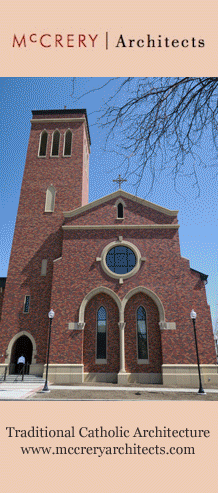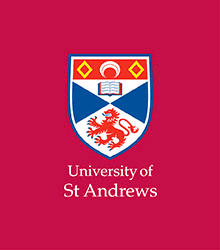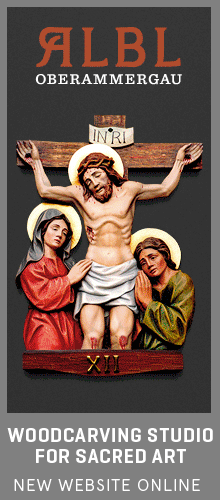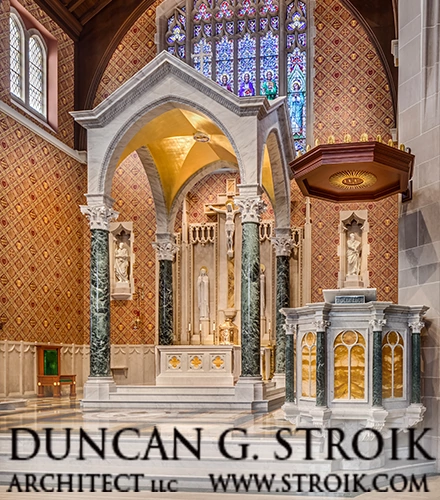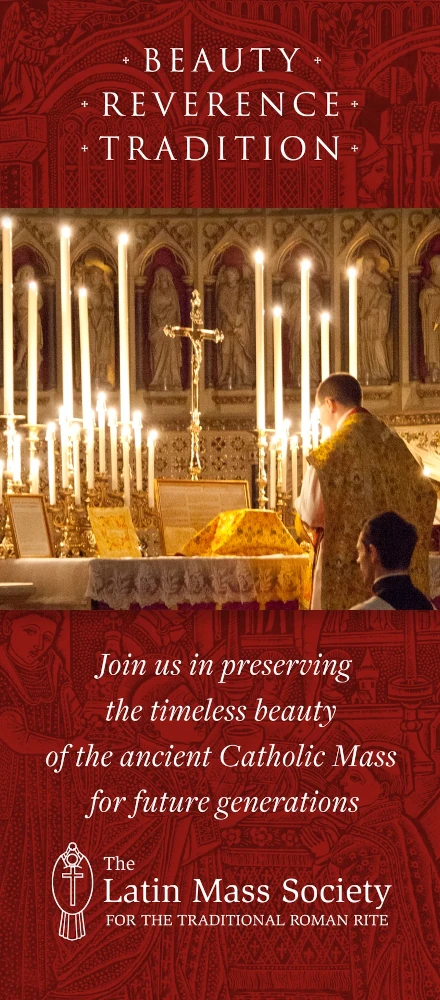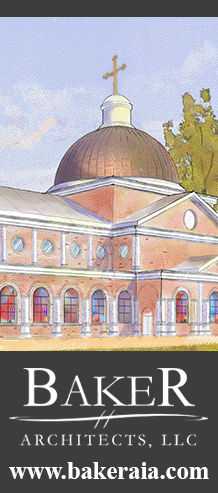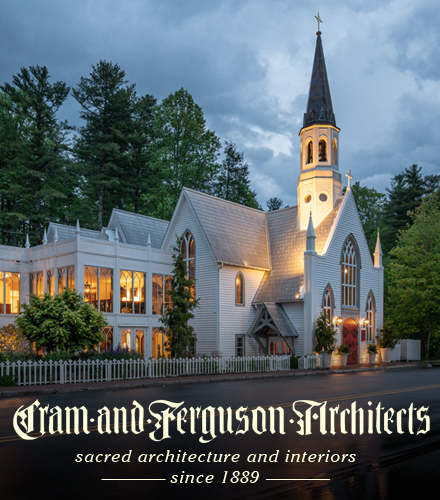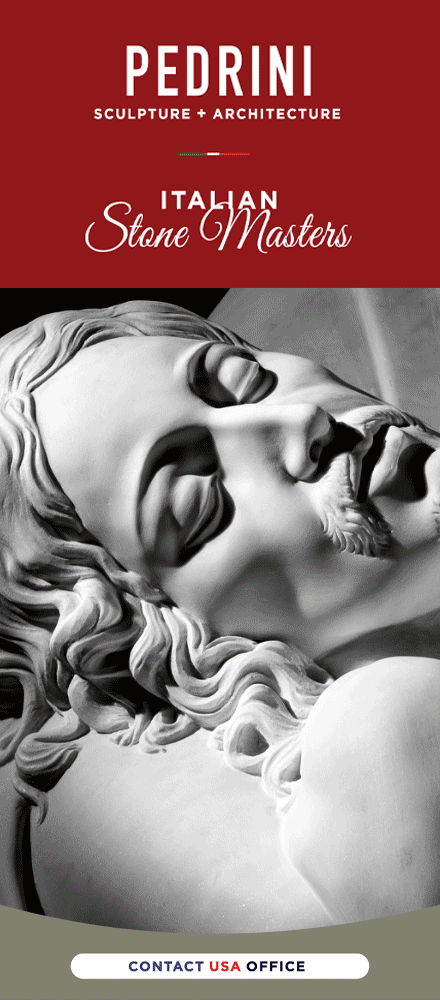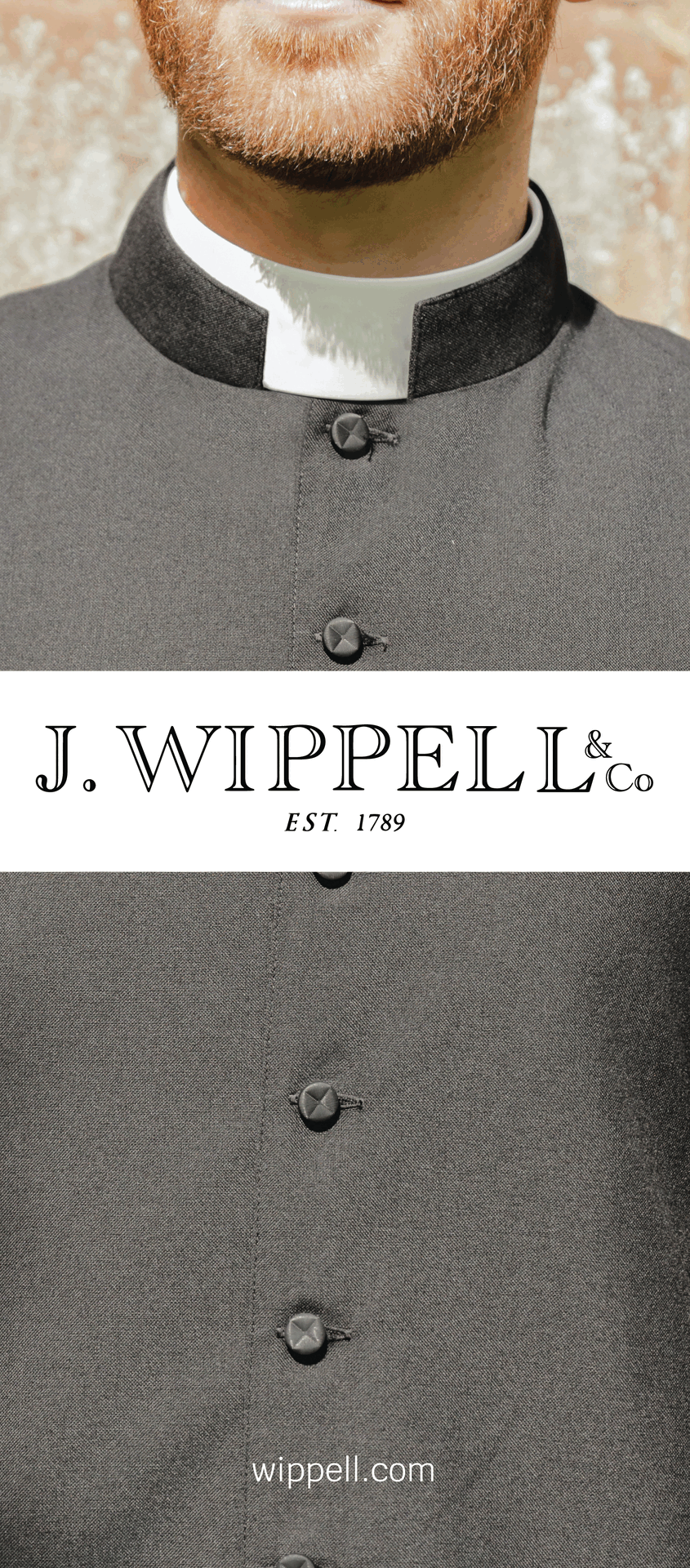Since today is the feast of the Epiphany on the Julian Calendar, which is followed by both Catholics and Orthodox of the Byzantine Rite in various parts of the world, I thought I would give a somewhat more complete description of one of the loveliest and most popular ceremonies of the day, the Great Blessing of the Waters. I say “somewhat” because, like most major Byzantine ceremonies, it is quite long, and the full text of it is available elsewhere, so here I will give a summary, and only part of the longer prayers. This ceremony may actually be done twice, in church on the vigil, and a second time on the feast itself, in a natural body of water like a stream or lake. There are, of course, small variations from one part of the Byzantine world to another, particularly at the end, regarding when and how exactly the water is sprinkled on the faithful. (Our readers have undoubtedly seen some of the videos that pop up this time of year, showing the clergy enthusiastically soaking the people with huge quantities of water.)
At the end of the Divine Liturgy, after the ambo prayer, the dismissal is omitted; the clergy and servers go down to the place in the nave where the water has been prepared for the blessing, while the choir sings the following chants.
The voice of the Lord cries out over the waters, saying, “Come, receive ye all the spirit of wisdom, the spirit of understanding, the spirit of fear of the Lord, Christ, who hath appeared.”
Today the nature of the waters is sanctified, and the Jordan is divided, and holdeth back the flow of its waters, seeing the Lord being baptized.
As a man didst Thou come to the river, Christ our King, and dost hasten, o good one, to receive the baptism of a servant at the hands of the Forerunner, because of our sins, o lover of mankind.
Glory be. Now and forever.
At the voice of him that crieth in the wilderness, “Prepare ye the way of the Lord!’, thou camest, Lord, having taken the form of a servant, and seeking baptism, Thou that knew no sin. The waters saw thee, and grew afraid; the Baptist began to tremble, and cried out, saying, “How shall the lantern enlighten the light? How shall the servant lay his hands upon his master? Sanctify me, and the waters, o Savior, that takest away the sin of the world!”
These chants are followed immediately by a synaxis of readings, following the usual format of the Byzantine Rite for such occasions: three prophecies, an epistle and a gospel. The prophecies are all taken from Isaiah: 35, 1-10; 55, 1-13, and 12, 3-6. The Epistle, 1 Corinthians 10, 1-4 is preceded by a responsorial chant called a Prokimen, taken from Psalm 26, “The Lord is my light and my Savior; the Lord is the defender of my life.” The Gospel, Mark 1, 9-11, is preceded as always by an Alleluia, with verses from Psalm 28, “The voice of the Lord is upon the waters: the God of glory has thundered upon the waters.” The ordinary ceremonies (incensing during the Epistle, lights at the Gospel) are done as always.
Immediately after the Gospel, the Litany of Peace which opens every major service in the Byzantine Rite is sung, with a number of special invocations added to it which are specific to this occasion. The first of these reads “that this water may be sanctified by the descent and power and energy of the Holy Spirit”, the second, “that the purifying energy of the supra-essential Trinity may descend upon these waters,” etc.
While these are sung by the deacon, the priest silent reads a prayer, broadly analogous to the Preface of the Eucharistic liturgy; the conclusion, however, is a typical doxological formula, rather than the mention of the angelic hierarchies that normally leads into the Sanctus.
“…Thou hast clothed Thyself in our weak and lowly substance, and condescending to the stature of a servant, Who art the King of all, and at the hands of a servant didst receive baptism in the Jordan: that Thou who art sinless, having sanctified the nature of water, might open for us the way of rebirth through water and the Spirit, and restore unto us our former freedom.”
This is followed by a very long prayer (over 1100 words in the Greek original) which is broadly analogous to the Eucharistic anaphora. The first part of this is taken up with the praise of the feast day. “For today the time of the feast has come upon us, and the choir of the Saints joins us in assembly, and the angels keep the feast with men. Today, the grace of the Holy Spirit in the likeness of a dove came down upon the waters. Today, the Sun that setteth not is risen, and the world is brightened by the light of the Lord. etc.” Towards the end, “The Jordan was turned back, and the mountains leapt for joy, seeing God in the flesh; and the clouds gave forth their voice, wondering at Him that came there, light from light, true God from true God…”
The second part is the praise of God for the wonders of creation, both visible and invisible, and the works He has done for man’s salvation. “All creation sang Thy praise when Thou appeared; for Thou, our God, appeared on earth and dwelt among men; having sanctified the streams of the Jordan, sending down from on high Thy All-Holy Spirit, and didst break the heads of the dragons hidden therein.”
At the following words, which are repeated three times, the priest makes the sign of the Cross over the waters with his hand.
“Therefore, o King who lovest mankind, do Thou Thyself be present, and even now, through the descent of Thy Holy Spirit, sanctify this water.”
The prayer continues, and the same gesture is repeated, also three times, at the words “Do Thou Thyself even now, o Lord, sanctify this water by Thy Holy Spirit.”
Like the Roman Exsultet, the prayer concludes with a prayer for the emperor, the government, the ecclesiastical hierarchy, and the people. Following the standard order of the Divine Liturgy and the major Hours of the Office, the priest then says “Peace to all”, which is answered, “And with thy spirit”, then “Let us bow our heads to the Lord”, to which all answer, “To Thee, o Lord.” A prayer is said by the priest in silence, which here has a special form for the occasion. “Incline, o Lord, Thy ear and graciously hear us, who accepted baptism in the Jordan, and sanctified the waters. Bless us all, who by the bending of our necks, signify the character of servitude, and make us worthy to fulfill Thy sanctification, through the partaking of and cleansing with this water, and be it unto us, o Lord, the cleansing of souls and body.” The conclusion, as usual, is said aloud.
The choir then sings the troparion of the feast three times, while the priest takes the hand-cross, and dips it into the water three times. The Church Slavonic version of this tropar is particularly beautiful, but a little difficult to pronounce. (This video also includes the kontak, and the hymn of the Virgin Mary at the Divine Liturgy, the latter when the bells of the censer can be heard.)
The voice of the Lord cries out over the waters, saying, “Come, receive ye all the spirit of wisdom, the spirit of understanding, the spirit of fear of the Lord, Christ, who hath appeared.”
Today the nature of the waters is sanctified, and the Jordan is divided, and holdeth back the flow of its waters, seeing the Lord being baptized.
As a man didst Thou come to the river, Christ our King, and dost hasten, o good one, to receive the baptism of a servant at the hands of the Forerunner, because of our sins, o lover of mankind.
Glory be. Now and forever.
At the voice of him that crieth in the wilderness, “Prepare ye the way of the Lord!’, thou camest, Lord, having taken the form of a servant, and seeking baptism, Thou that knew no sin. The waters saw thee, and grew afraid; the Baptist began to tremble, and cried out, saying, “How shall the lantern enlighten the light? How shall the servant lay his hands upon his master? Sanctify me, and the waters, o Savior, that takest away the sin of the world!”
 |
| The vessels of water set up for the blessing at St John the Baptist Byzantine Catholic Church in Minneapolis, from our most recent Epiphany photopost. |
Immediately after the Gospel, the Litany of Peace which opens every major service in the Byzantine Rite is sung, with a number of special invocations added to it which are specific to this occasion. The first of these reads “that this water may be sanctified by the descent and power and energy of the Holy Spirit”, the second, “that the purifying energy of the supra-essential Trinity may descend upon these waters,” etc.
While these are sung by the deacon, the priest silent reads a prayer, broadly analogous to the Preface of the Eucharistic liturgy; the conclusion, however, is a typical doxological formula, rather than the mention of the angelic hierarchies that normally leads into the Sanctus.
“…Thou hast clothed Thyself in our weak and lowly substance, and condescending to the stature of a servant, Who art the King of all, and at the hands of a servant didst receive baptism in the Jordan: that Thou who art sinless, having sanctified the nature of water, might open for us the way of rebirth through water and the Spirit, and restore unto us our former freedom.”
This is followed by a very long prayer (over 1100 words in the Greek original) which is broadly analogous to the Eucharistic anaphora. The first part of this is taken up with the praise of the feast day. “For today the time of the feast has come upon us, and the choir of the Saints joins us in assembly, and the angels keep the feast with men. Today, the grace of the Holy Spirit in the likeness of a dove came down upon the waters. Today, the Sun that setteth not is risen, and the world is brightened by the light of the Lord. etc.” Towards the end, “The Jordan was turned back, and the mountains leapt for joy, seeing God in the flesh; and the clouds gave forth their voice, wondering at Him that came there, light from light, true God from true God…”
 |
| A Greek icon of the mid-16th century, showing the Presentation of Christ in the Temple above, and His Baptism below. (Public domain image from Wikimedia Commons.) |
At the following words, which are repeated three times, the priest makes the sign of the Cross over the waters with his hand.
“Therefore, o King who lovest mankind, do Thou Thyself be present, and even now, through the descent of Thy Holy Spirit, sanctify this water.”
The prayer continues, and the same gesture is repeated, also three times, at the words “Do Thou Thyself even now, o Lord, sanctify this water by Thy Holy Spirit.”
Like the Roman Exsultet, the prayer concludes with a prayer for the emperor, the government, the ecclesiastical hierarchy, and the people. Following the standard order of the Divine Liturgy and the major Hours of the Office, the priest then says “Peace to all”, which is answered, “And with thy spirit”, then “Let us bow our heads to the Lord”, to which all answer, “To Thee, o Lord.” A prayer is said by the priest in silence, which here has a special form for the occasion. “Incline, o Lord, Thy ear and graciously hear us, who accepted baptism in the Jordan, and sanctified the waters. Bless us all, who by the bending of our necks, signify the character of servitude, and make us worthy to fulfill Thy sanctification, through the partaking of and cleansing with this water, and be it unto us, o Lord, the cleansing of souls and body.” The conclusion, as usual, is said aloud.
The choir then sings the troparion of the feast three times, while the priest takes the hand-cross, and dips it into the water three times. The Church Slavonic version of this tropar is particularly beautiful, but a little difficult to pronounce. (This video also includes the kontak, and the hymn of the Virgin Mary at the Divine Liturgy, the latter when the bells of the censer can be heard.)
“When Thou were baptized in the Jordan, o Lord, the worship of the Trinity was made manifest; for the voice of the Father bore witness to Thee, calling Thee His beloved Son, and the Spirit in the likeness of a dove confirmed the steadfastness of this word. Christ our God, who hast appeared and enlightened the world, glory to Thee.”
He then sprinkles the people in general with the water, as the kontakion is sung. “Thou appeared today to the world, and Thy light, O Lord, has been marked upon us, who with knowledge sing Thy praise: Thou hast come, Thou hast appeared, o unapproachable Light!”
The faithful then come to kiss the Cross, as they normally do at the conclusion of the Divine Liturgy; as they do, the priest also sprinkles water on the head of each person individually. It is also customary for the faithful to drink some of the blessed water as well.

